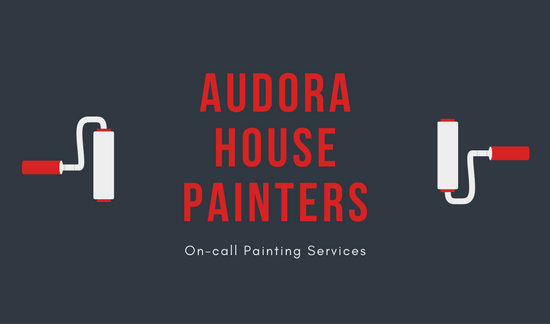The Effect Of Weather Conditions On Your Outside Paint Task
The Effect Of Weather Conditions On Your Outside Paint Task
Blog Article
Article Developed By-Mclean Mohammad
Understanding just how weather conditions can affect the end result of an exterior paint endeavor is extremely important for accomplishing a remarkable coating. From temperature fluctuations changing paint adhesion to humidity levels influencing drying times, each aspect of climate plays a substantial role in the success of your project. Furthermore, wind speed and precipitation can present unexpected difficulties that may jeopardize the quality of the outcome. As we browse with the subtleties of climate's influence on outside painting, it ends up being apparent that thorough preparation and critical timing are essential for guaranteeing a professional and durable result.
Perfect Temperature Level Range for Paint
When considering external painting jobs, the excellent temperature range plays a critical function in achieving ideal outcomes. Paint in the best temperature conditions guarantees that the paint adheres appropriately to the surface area, dries uniformly, and cures effectively. Typically, the recommended temperature range for external painting is between 50 to 85 levels Fahrenheit.
Painting in temperatures listed below 50 degrees Fahrenheit can cause issues such as inadequate paint adhesion, extended drying out times, and an enhanced possibility of splitting or peeling.
On building painting , painting in temperatures above 85 levels Fahrenheit can cause the paint to completely dry as well promptly, causing blistering, bubbling, and an unequal surface.
To attain the best results, it is essential to inspect the weather prediction prior to beginning an exterior painting job. Ideally, goal to paint throughout moderate climate condition with modest temperature levels and reduced humidity levels.
Impacts of Humidity on Paint Drying
Moisture degrees considerably affect the drying procedure of paint applied to exterior surfaces. High moisture can prolong the drying out time of paint, bring about potential issues such as leaking, streaking, or even the development of bubbles on the painted surface area. Excess wetness in the air decreases the evaporation of water from the paint, hindering the healing process. This is specifically problematic for water-based paints, as they rely upon dissipation for drying.
On the other hand, reduced moisture levels can also impact paint drying out. Very dry problems might trigger the paint to dry also swiftly, leading to bad adhesion and a rough surface. In such cases, including a paint conditioner or spraying a great haze of water in the air can help manage humidity levels and improve the paint outcome.
To guarantee optimum drying out problems, it is advisable to repaint when the humidity degrees vary in between 40% and 50%.
Tracking moisture degrees and taking appropriate procedures can aid attain a smooth and resilient paint coating on exterior surface areas.
Wind and Precipitation Considerations
Wind speed and rainfall are critical aspects that dramatically impact the success of an exterior paint project.
When it concerns wind, both rate and instructions are important considerations. https://painter-near-me21975.ambien-blog.com/40329575/discover-the-most-recent-strategies-and-trends-in-residence-painting-and-be-astounded-by-the-cutting-edge-methods-to-change-your-home can create paint to dry also swiftly, causing a subpar completed with possible concerns like cracking or irregular structure. Furthermore, wind can bring particles that may follow the damp paint, causing blemishes. As a result, painters should aim to work with days with light to moderate winds for optimal painting problems.
On the other hand, precipitation, whether rainfall or snow, can be exceptionally harmful to the end result of an exterior painting job. Dampness from precipitation can prevent paint bond, causing peeling and bubbling over time. It is essential to prevent paint throughout rainy or snowy weather to guarantee the longevity and quality of the paint task. apartment painting company need to also allow enough time for the surface area to dry thoroughly after any kind of rainfall before beginning or returning to the paint process.
Verdict
Finally, weather conditions play a considerable duty in the outcome of an external painting job. The ideal temperature level variety, humidity degrees, wind rate, and precipitation all contribute to the success or failure of the paint work.
It is necessary to take into consideration these variables and strategy accordingly to guarantee proper paint adhesion, drying out times, and total top quality of the finished item.
